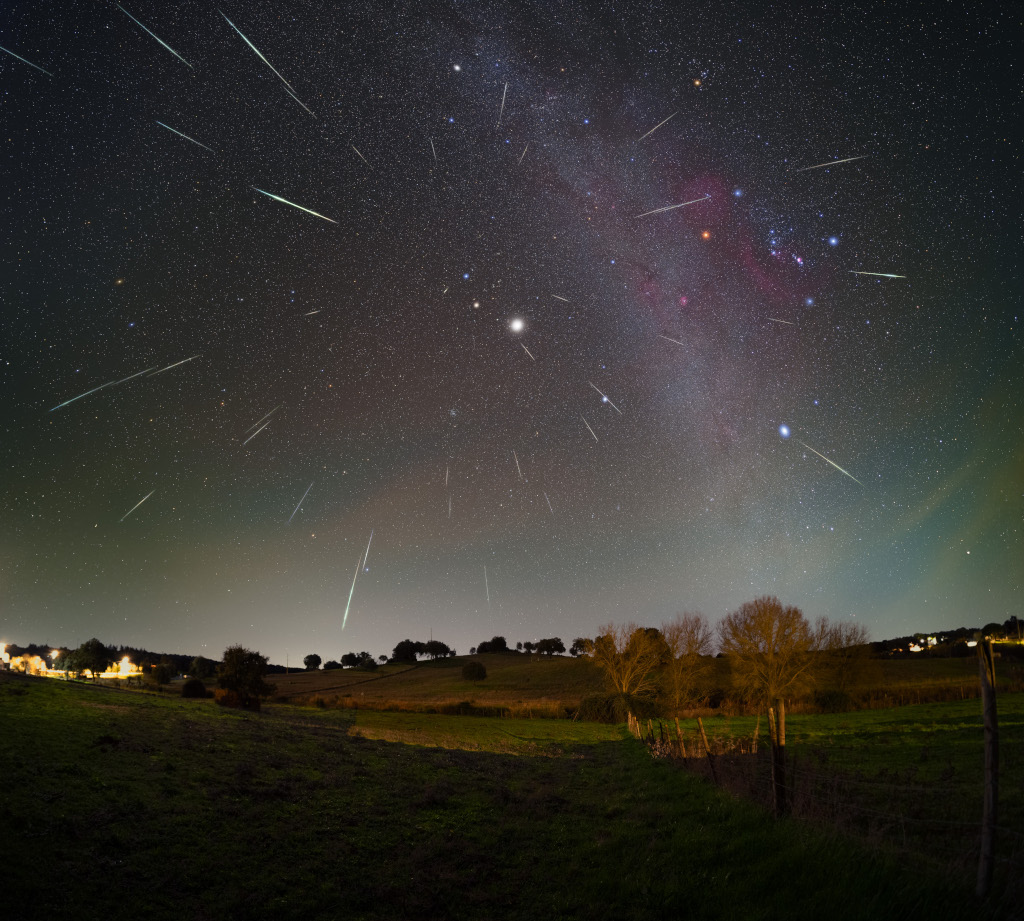Stream
My quaint space by the fireplace. At ease, and hope you stumble upon something interesting.
Artist Showcase: Janine Gallizia






A professional artist, international judge, teacher, organiser of international exhibitions, artistic director of the magazine The Art of Watercolour and personal adviser to artists and art societies, Janine has won numerous awards for her paintings and gained a reputation as an artist, offering her help, knowledge and advice to others.
Having lived on three continents, in 5 countries, in contact with thousands of artists from all over the world, she now wishes to share her experience with as many people as possible, with the aim of creating an inspiring, stimulating and effective environment for all those who want to make progress with their painting.
Bookshelf
Space Showcase: NASA APOD - Jupiter and the Meteors from Gemini

The scene was constructed by selecting the 40 exposures containing meteors from about 500 exposures made on the nights of December 13 and 14, near peak activity for this year's annual Geminid meteor shower. With each selected exposure registered in the night sky above Alentejo, Portugal, planet Earth, it does look like the meteors are streaming away from Jupiter. But the apparent radiant of the Geminid meteors is actually closer to bright star Castor, in the shower's eponymous constellation Gemini. In this frame that's just a little above and left of the Solar System's most massive planet. Still, the parent body of Geminid meteors is known to be rocky, near-Earth asteroid 3200 Phaethon. And the orbit of Phaethon itself is influenced by the gravitational attraction exerted by massive Jupiter, in concert with planets of the inner Solar System..